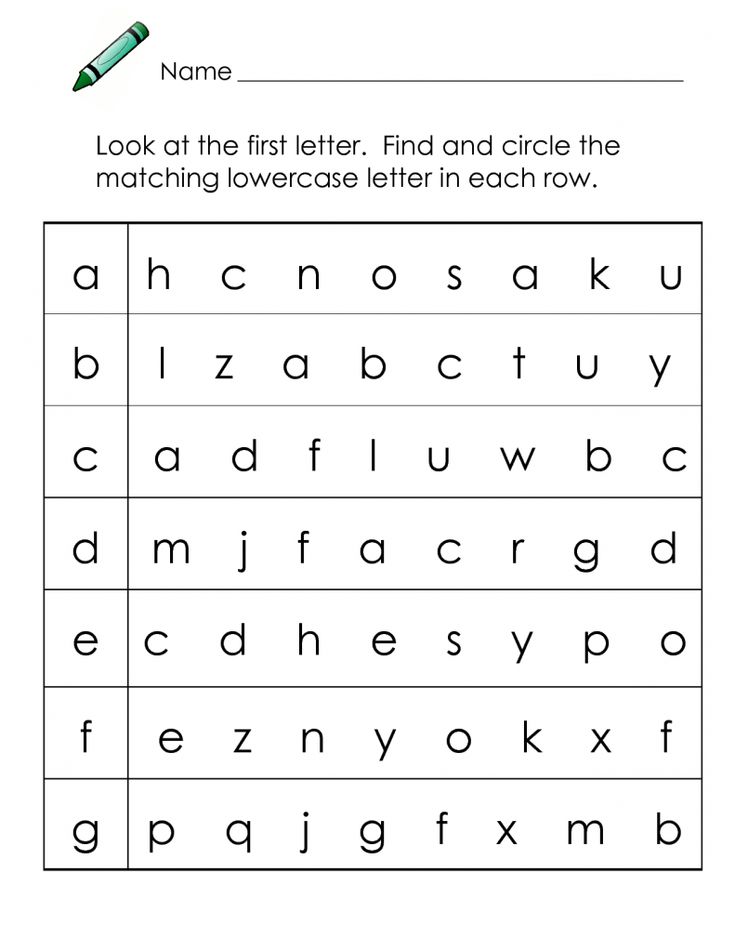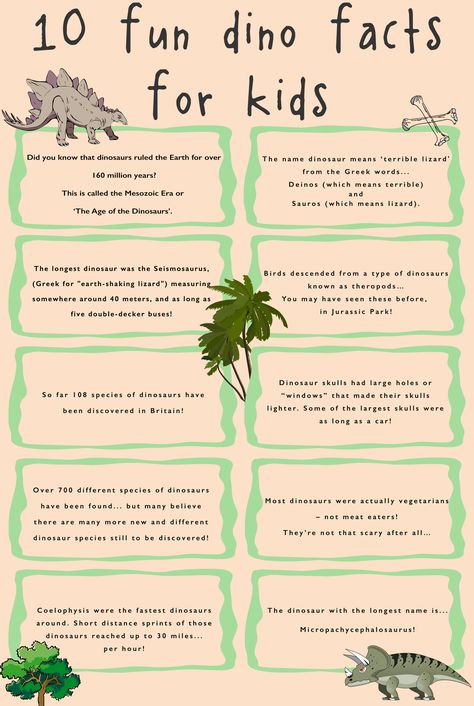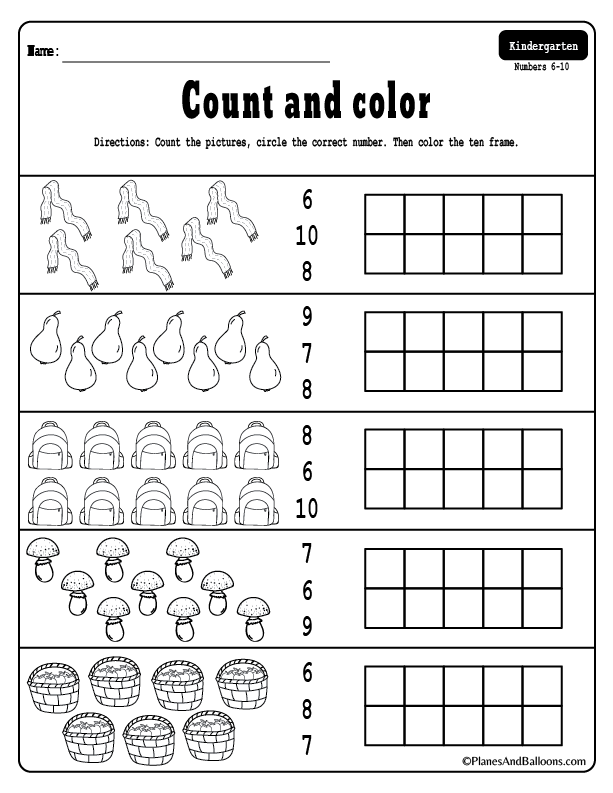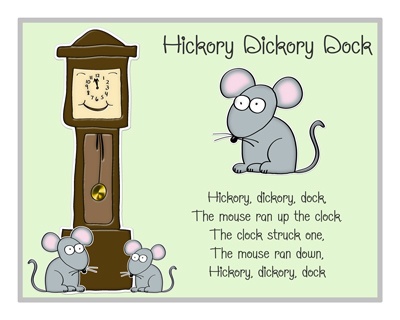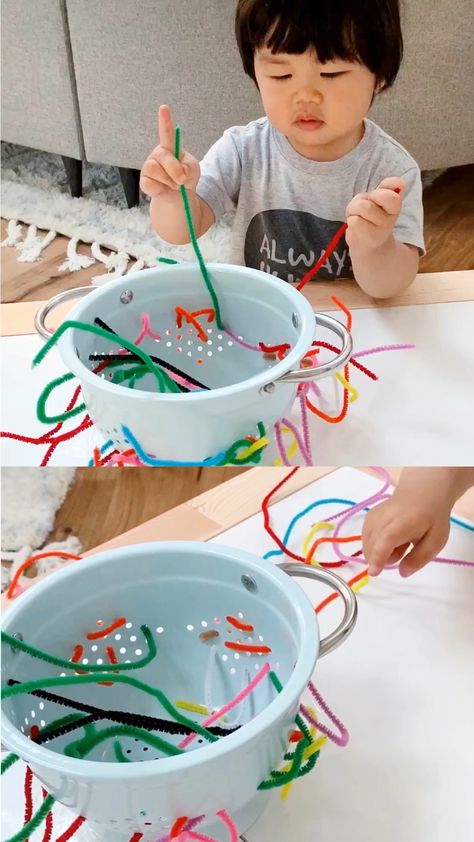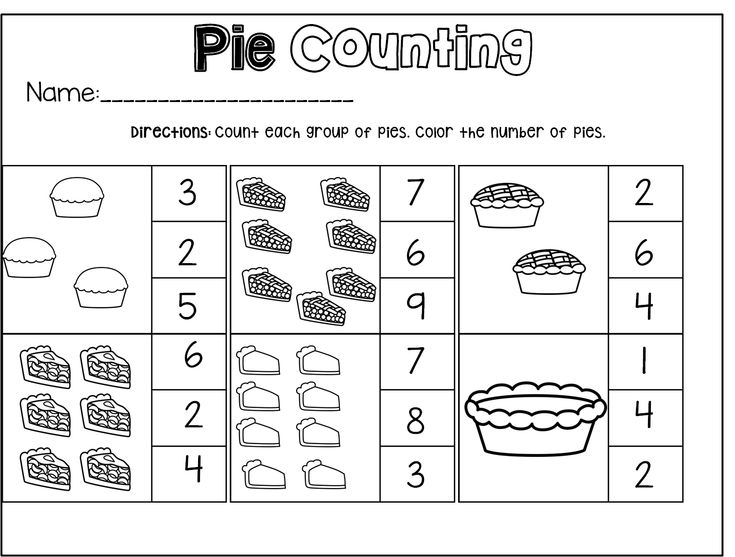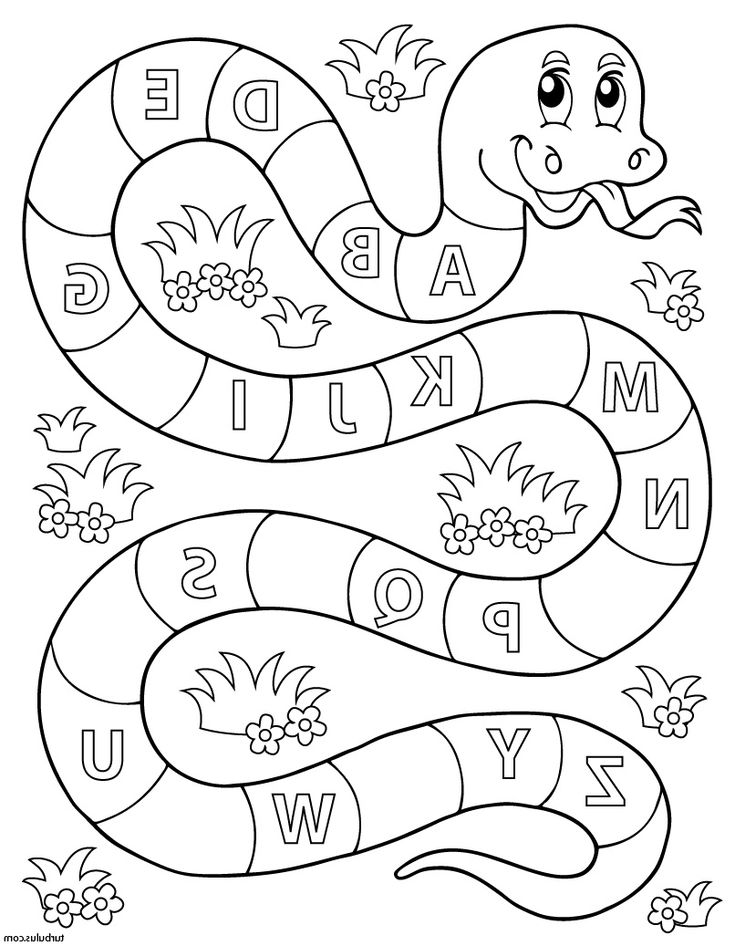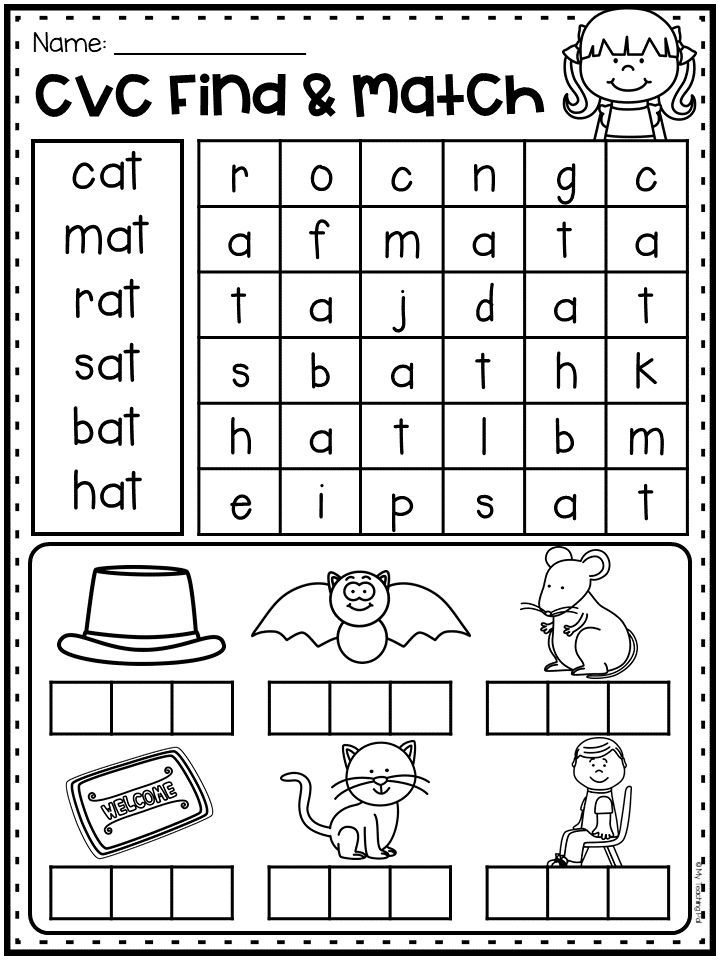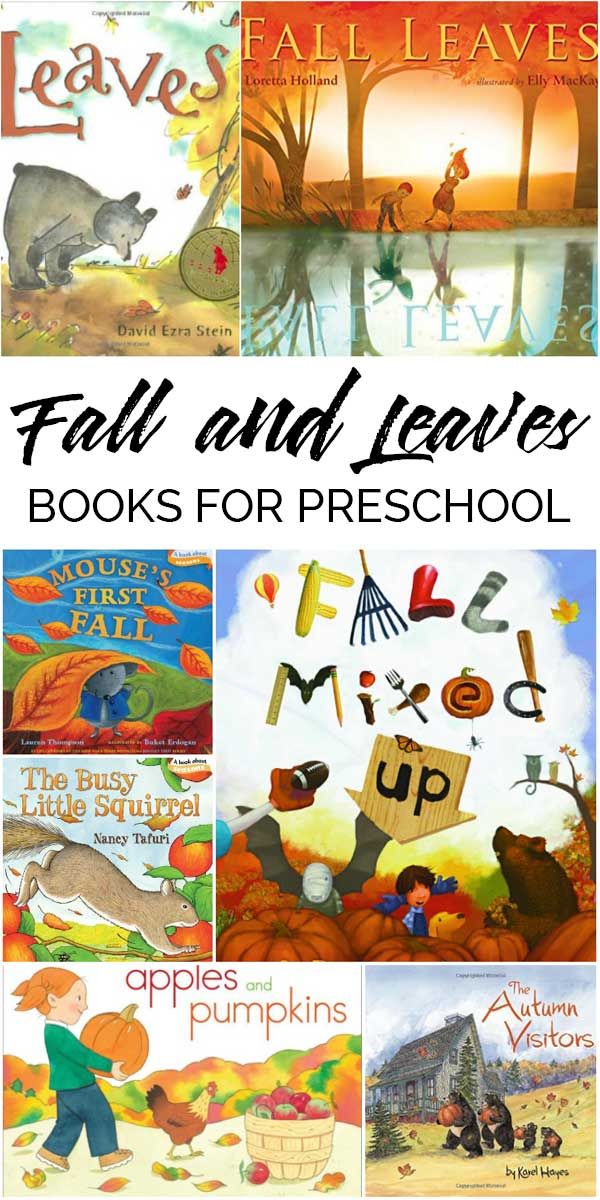Kindergarten learning alphabet
How to Teach Letters to Kindergarten Students Plus 5 Alphabet Activities and a Free File!
1.2K shares
Teaching letters to kindergarten students should be organized and follow a routine so students can reach mastery of the alphabet. Here are some tips on how to introduce and teach letters in kindergarten.
As we are introducing the alphabet, we help kindergarten students learn to identify the letters of the alphabet at first by looking at the path of motion. When we designed our Engaging Readers units, we not only planned amazing reading comprehension activities, but we also planned our word study as well. We are often asked about how we teach letters to kindergarten students at the beginning of the year.
When kindergarten students come to us at the beginning of the year, they know the names of objects in their everyday life. If you show a student a picture of a car, they will know it’s a car even if you turn it sideways or flip it so it’s facing the other direction. Same with a dog, a bird, a house… they are still the same object. However, with letters that is not the case. When we look at a letter of the alphabet, the meaning of the object changes when it gets positioned differently. Think about the lowercase letters b, d, p, and q. It is important for students to know the names of the letters and recognize letters in the correct formation. This takes a little retraining for our kindergarten friends.
Experts tell us that is important to think about letter formation and to teach students explicitly as you introduce these letters. Research also tells us that students who are confident with their handwriting skills produce a higher quality of writing than those with poor handwriting. (Ruetzel, R July/August 2015 Findings Primary‐Grade Teachers Will Want to Know The Reading Teacher, Vol. 69, Issue 1)
You can see more on handwriting and the path of motion for lowercase and uppercase letters in this blog post:
- Why Teaching Kindergarten Handwriting is Still Important
How to Teach Letters in Kindergarten: Letter Order
According to Wiley Blevins, there is no consensus on the best sequence for teaching the alphabet.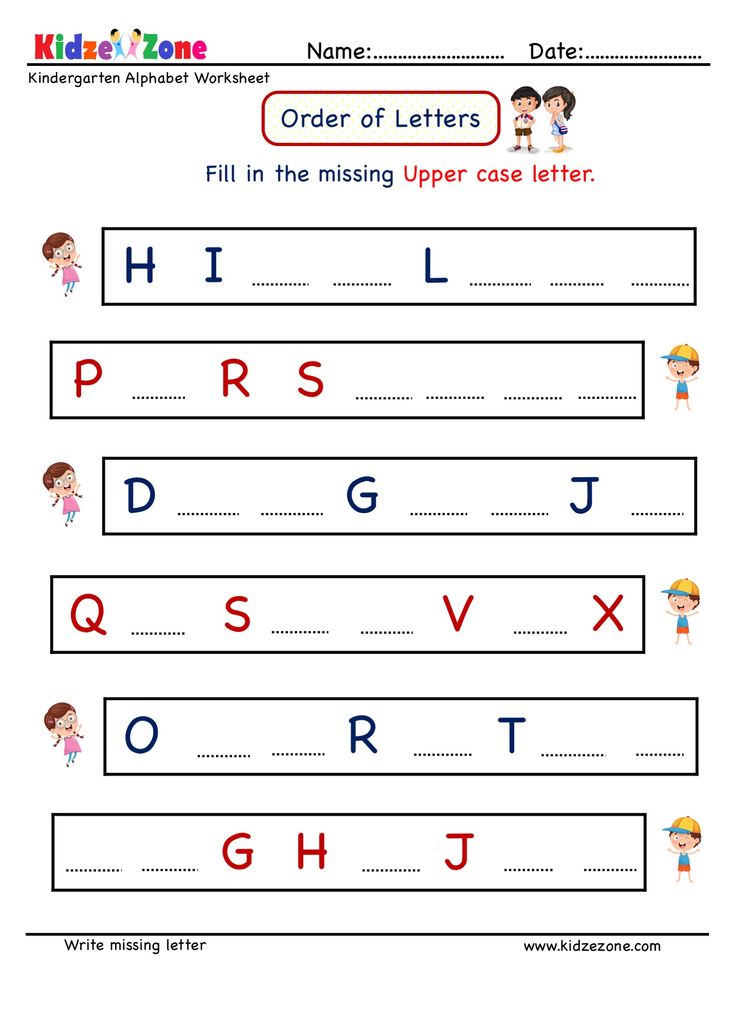 Many teachers believe letters should be introduced in alphabetical order, whereas others believe that a young learner should learn meaningful letters first, such as the letters in their names. When teaching young children letter names and letter sounds, we teach letters that allow them to build words quickly. So, we begin with the letters t, a, b, and h. We then follow a set sequence throughout our curriculum for teaching letters and beyond.
Many teachers believe letters should be introduced in alphabetical order, whereas others believe that a young learner should learn meaningful letters first, such as the letters in their names. When teaching young children letter names and letter sounds, we teach letters that allow them to build words quickly. So, we begin with the letters t, a, b, and h. We then follow a set sequence throughout our curriculum for teaching letters and beyond.
Once students learn about a letter, that letter doesn’t go away. Research tells us that students need 6-8 weeks to build mastery. So, the letter t should show up in your review 6-8 weeks after the introduction.
How to Teach Letters in Kindergarten: Routine
The best way to successfully teach letters to kindergarten students is to be organized and have a routine. When it comes to student learning, routines are critical. Now, I am all about fun and exciting activities to support learning but it’s important that students know what they are working on and what the next step is going to be.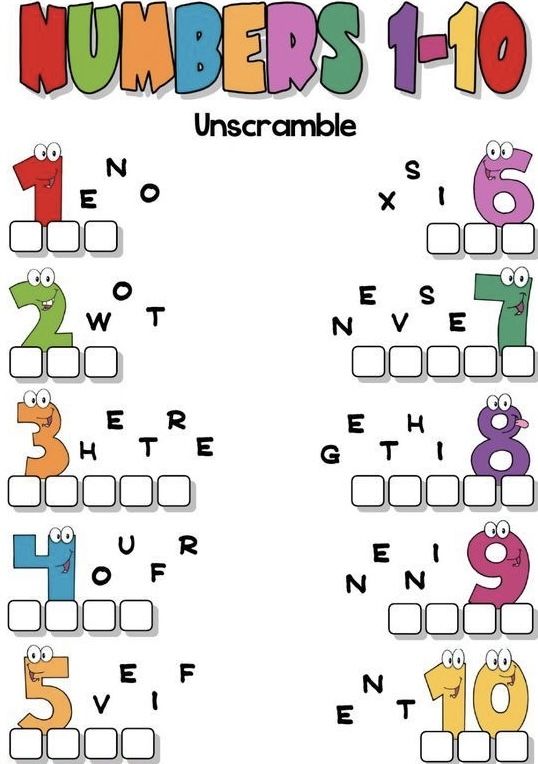 We want to teach letters the same way every single time so students can more easily store the information.
We want to teach letters the same way every single time so students can more easily store the information.
During the first 6 weeks, we introduce the entire alphabet. Each week, we introduce 4-5 letters. Many big boxed curriculums provide a letter of the week study. This is not effective.
Research by Jones and Reutzel (2012) showed that letter‐a‐day instructional pacing was significantly more effective than letter‐a‐week pacing in promoting students’ mastery of the alphabet letter names. They attributed this finding to a total of 6–7 distributed reviews of the alphabet letters in a single academic year, compared to only 1.5 distributed reviews when pacing instruction at a letter a week.
So clearly letter of the week is old and outdated. Letter of the day is a better and developmentally appropriate approach. It is also suggested that students NOT spend an hour a day on letter recognition instruction, but rather just 12 minutes a day… 12! Minutes! The instruction should be quick and include activities like letter identification, sound identification, sorting letters, finding letters, and writing letters!
How to Teach Letters in Kindergarten: Quick Daily Lesson
Letter Introduction
When we begin teaching letter recognition and sound, we provide students with a kinesthetic movement to accompany each specific letter.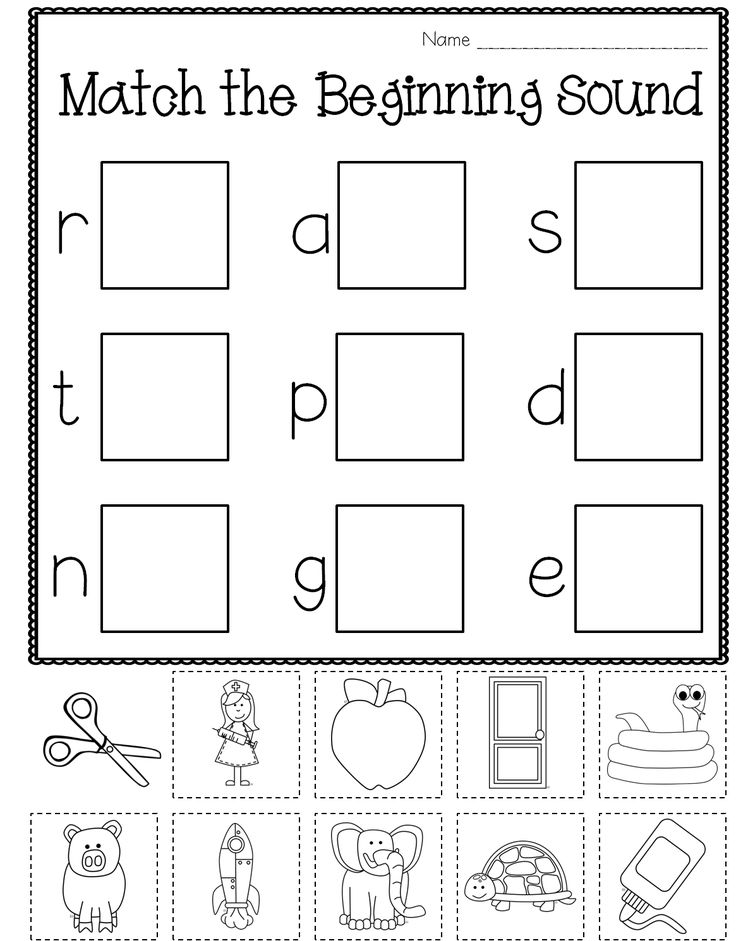 The movement is listed on the back of our sound cards.
The movement is listed on the back of our sound cards.
Letter Sounds
We identify pictures that represent the letter sound and place the sound cards in a pocket chart.
Letters in a Sentence
I read an alliteration sentence to students and we identify the word that starts with the focus letter. I also have students repeat the sentence with me a few times.
During our lesson, students are also working in their phonics journals.
Teach letters and phonics with our ready-to-go lesson plans and resources. You can find our Engaging Readers phonics lessons here:
- Phonics Lessons for Kindergarten and First Grade
Letter Recognition Activities
After each letter is learned, I provide students with different ways to practice the letters during their literacy center time. It is important for students to have lots of opportunities to apply their learning and strengthen their neural pathways. Here are 5 alphabet recognition activities that are perfect for centers! You can also use these great ideas during small group.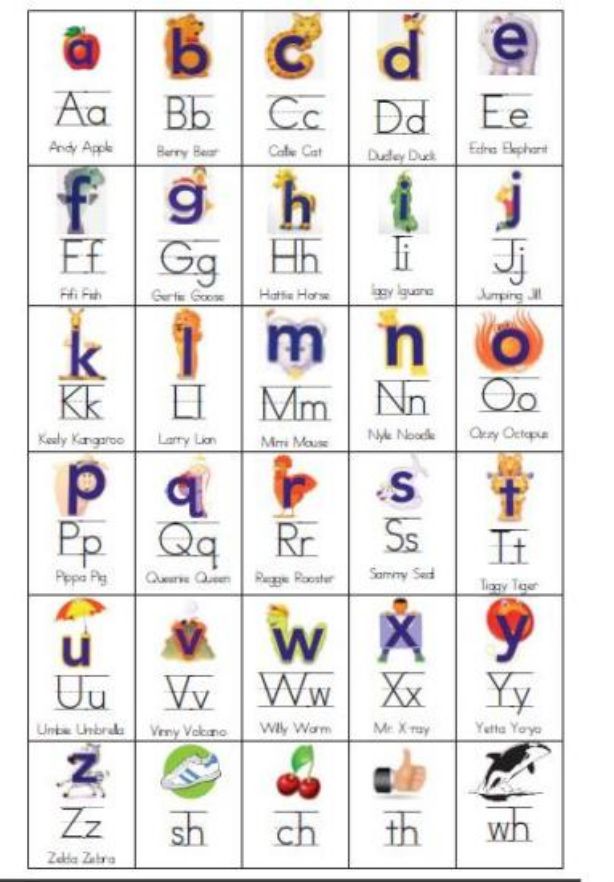
Alphabet Activity #1: Letter Identification Editable Worksheets
These printable and editable worksheets are a great resource for practicing letter identification. You can simply add which letters you want your students to practice, select the themed activity pages, and print. You can easily differentiate these worksheets to meet individual needs.
Letter Identification WorksheetsAlphabet Activity #2: Alphabet Games
These fun games are perfect for reviewing letter knowledge. Students pull out a card and say the letter name. There are special cards that make this game even more engaging. I love the multiple themes so this activity can be used throughout the year and not lose its excitement.
Alphabet Activity #3: Sequence Letter Identification
Another fun way to practice lower case letters. There are also multiple sets of this game so you can add in initial sounds, blends, digraphs, and vowels later in the year! Check out the bundle, HERE!
Alphabet Activity #4: Kindergarten Literacy Centers Letters and Print Concepts
These literacy centers are non-seasonal, easy to differentiate and follow a predictable format.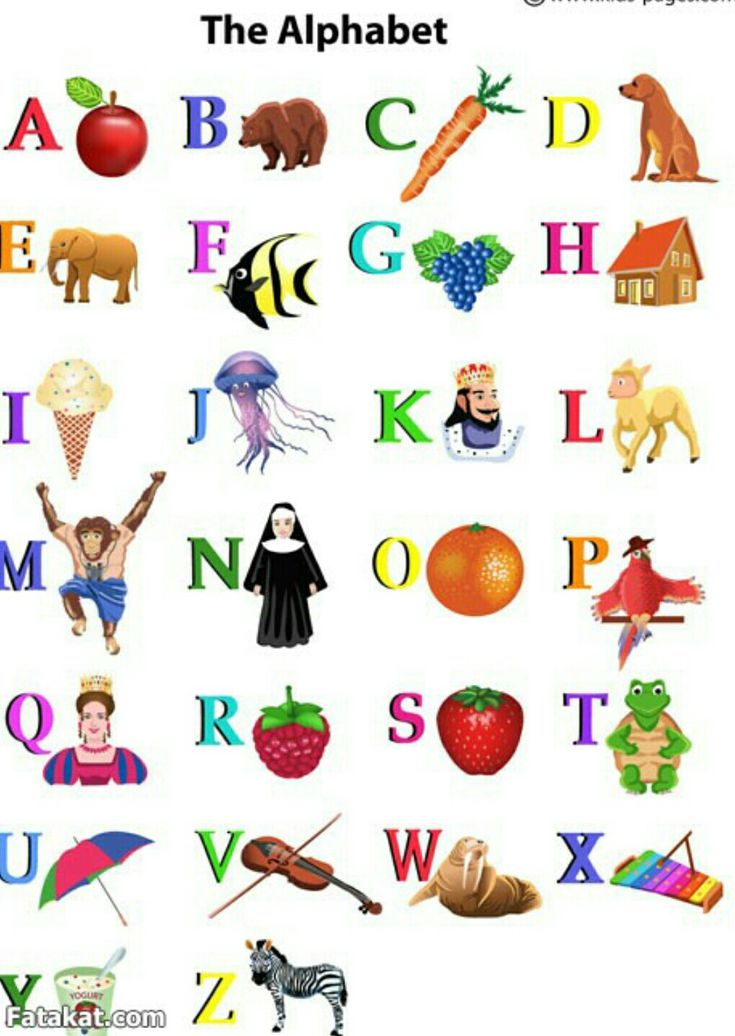 Perfect addition to your literacy stations!
Perfect addition to your literacy stations!
Alphabet Activity #5: Digital Letter Practice
If you have a technology center, these digital letter practice activities are great for the beginning of the school year. You can use these on Seesaw or Google!
ABC Songs
Alphabet songs are also a great way for students to practice letter identification and sounds. Here are a few to check out.
ABC Books
Of course, kindergarten teachers have lots of alphabet books! I have a blog post with some of my favorite alphabet books. You can check out the list and snag some free printables here:
- Alphabet Books for Kindergarten Plus a Free File!
Free File!
These free alphabet printables are perfect for your little learners! These alphabet posters show letter-sound associations and the correct formation of letters. Plus, they align with our Engaging Readers phonics program and Science of Reading curriculum. Note: There is another set of alphabet posters that show correct letter formation.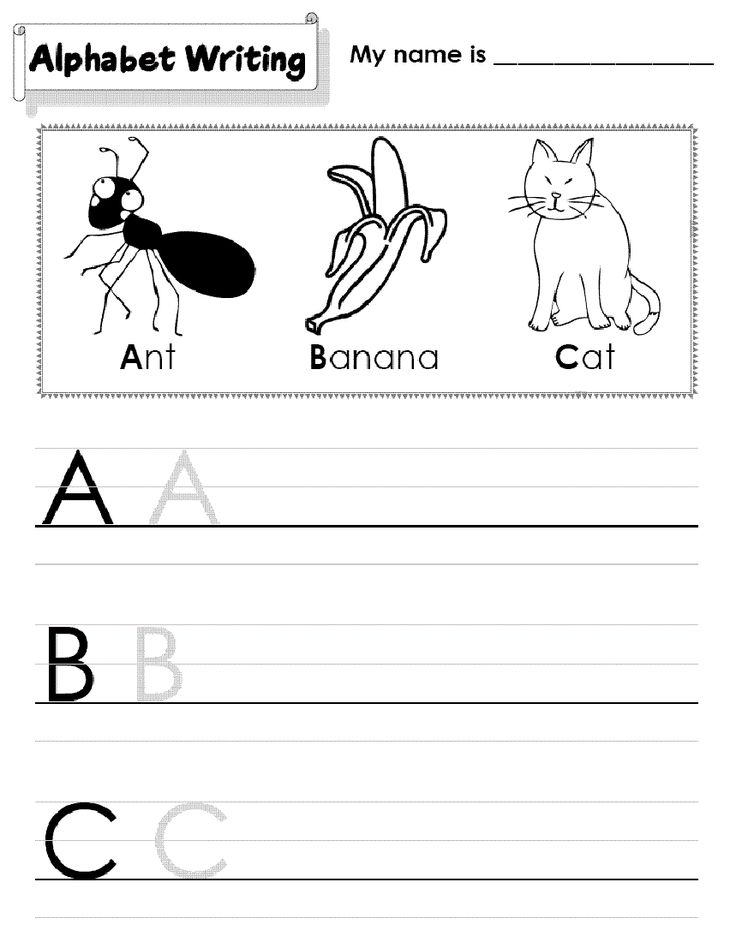 You get both sets! Just add your name and email below.
You get both sets! Just add your name and email below.
Get this set of free alphabet posters
Get freebies and teaching tips
sent right to your inbox.
First name
Email address
Thank you for subscribing!
1.2K shares
Deedee Wills
My teaching career allowed me to experience teaching in different classroom environments and grades. My heart belongs to early childhood education. My job is to make teaching FUN, ENGAGING, and EASIER. Welcome!
How to Teach the Alphabet
Home » How to Teach the Alphabet
Teaching the alphabet is the core of what we do in kindergarten for many months! There are many moving parts in the classroom that work together to get kids to learn the alphabet.
How to Effectively Teach the Alphabet in Kindergarten
1.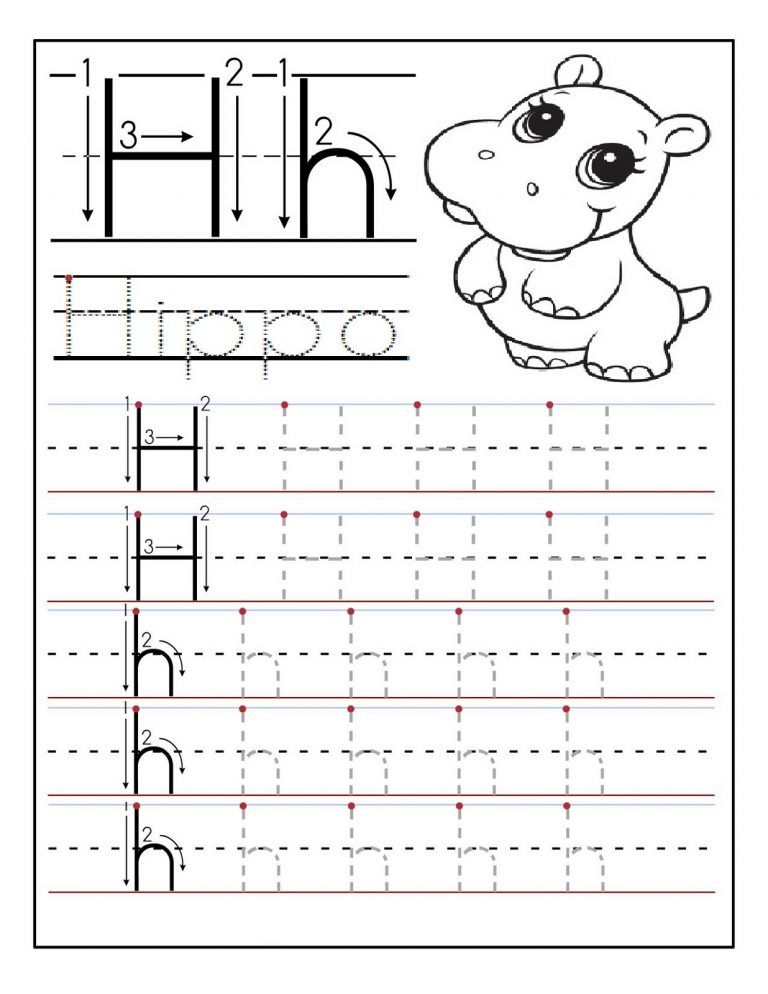 Just read! Seems silly to say but the best way to teach kids the alphabet is to just submerse them in it! As you are doing your normal read aloud, point out the letters and how you are using what is printed on the page to say the words. And then it’s also fun to read books about the alphabet; below are some of my favorites!
Just read! Seems silly to say but the best way to teach kids the alphabet is to just submerse them in it! As you are doing your normal read aloud, point out the letters and how you are using what is printed on the page to say the words. And then it’s also fun to read books about the alphabet; below are some of my favorites!
It’s also great to put these books into your writing lab to inspire writing! They are great jump starters for stories!
2. Teach the students the letters in their names. Children have seen the letters in their name more and heard the sounds in those letters their entire life, so it only makes sense to start there. Be sure to visit our Names Pinterest board for TONS of ideas on working with students’ names!
Follow Simply Kinder’s board Names on Pinterest.
3. Add music and movement! So important for little learners and there are so many great videos on YouTube that do this! I also love to incorporate tunes the students already know into our learning and so the below video is perfect for daily practice!
And then as the school year goes on, you still want to continue to teach the alphabet but the kids get a little bored with the same old songs, so we sing it backward! (They can do it and so can you!)
4. Follow your curriculum (or create a map of how you want to teach the letters.) This is so important because you don’t want to confuse your students. If your district has a prescribed curriculum, embrace and make it work.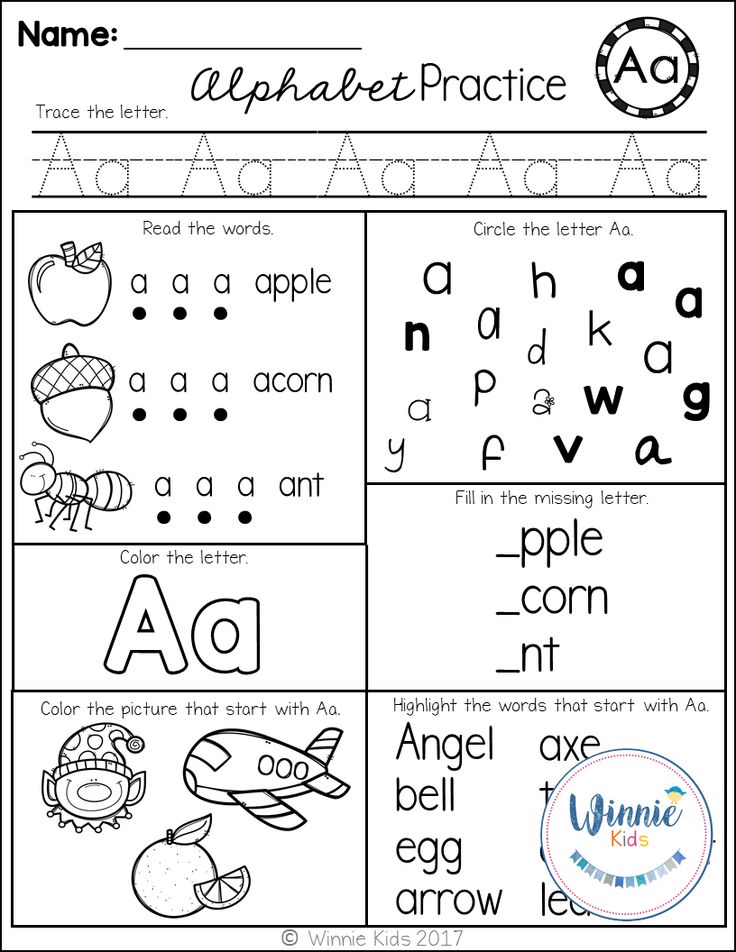 Supplement it where you can with fun and engaging activities. If you don’t have curriculum, decide how you want to teach the alphabet. There are many theories on what works, but honestly you will find research that says a letter a day is appropriate and a letter a week is as well. In my perfect work, we would teach 2 letters a week but that’s a decision you will have to make if you are able to.
Supplement it where you can with fun and engaging activities. If you don’t have curriculum, decide how you want to teach the alphabet. There are many theories on what works, but honestly you will find research that says a letter a day is appropriate and a letter a week is as well. In my perfect work, we would teach 2 letters a week but that’s a decision you will have to make if you are able to.
If you don’t have a curriculum, our Letter of the Week files can help. They are fully comprehensive units that have posters, printables, anchor charts, centers, and lots more! We call it Letter of the Week because it is literally a week worth of activities for each letter, but you don’t have to be a Letter of the Week teacher. You can definitely use whatever timeframe and all sorts of reading programs and approaches with these printable.
5. Put learning the alphabet into your centers! Centers are where the students really practice and get comfortable with the skills you are teaching! So it’s super important that all year you have the alphabet covered in your activities.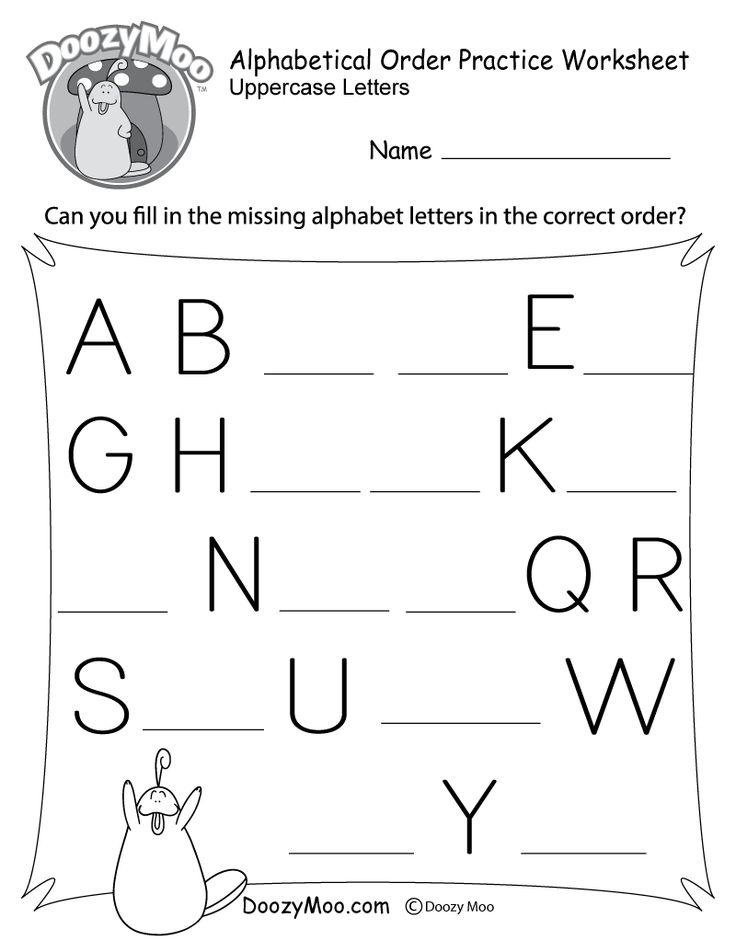 One of my student’s favorite centers is our boring old flashcards on binder rings that I keep in a drawer in my writing center. (This is of course more of a spring sentence but at the beginning of the year students can draw other pictures and label them with the same letter they pick.)
One of my student’s favorite centers is our boring old flashcards on binder rings that I keep in a drawer in my writing center. (This is of course more of a spring sentence but at the beginning of the year students can draw other pictures and label them with the same letter they pick.)
6. Track your student’s growth. Another super important part of teaching the alphabet. I use Checklist Assessments to record what letters my kids can and cannot say the name, sound and write. This helps me to be able to pull targeted groups and really instruct on what my students are needing!
7. Include crafts and make it fun! So important to understand that our little learners need crafts and activities to create meaning! Again so many crafts and activities you can do, but I love Alphabet Hats because they go home with the students and the parents adore them! (Be sure to click over for a free hat!)
Making it fun does not have to mean arts and crafts either.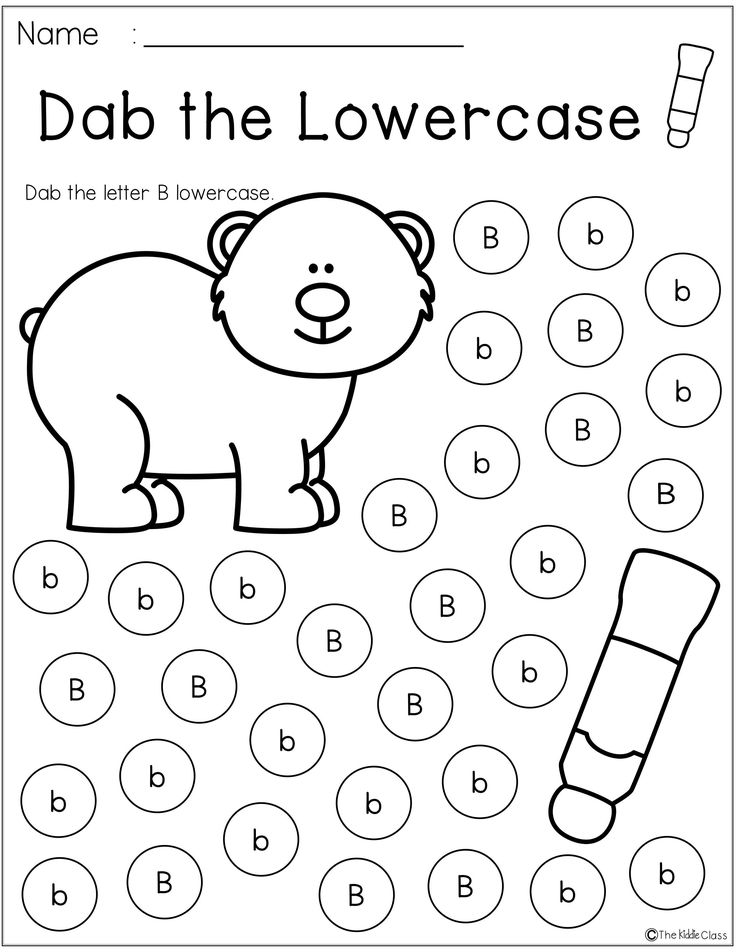 Kids love doing Interactive Alphabet Notebooks where they can cut, glue, and assemble all sorts of little flip flaps. Can kinders do them? YES. Our Interactive Notebooks are make with easy cuts that repeat again and again. You will model the first couple times and then kids will get it. These are truly a great tool because it is fun and academic.
Kids love doing Interactive Alphabet Notebooks where they can cut, glue, and assemble all sorts of little flip flaps. Can kinders do them? YES. Our Interactive Notebooks are make with easy cuts that repeat again and again. You will model the first couple times and then kids will get it. These are truly a great tool because it is fun and academic.
8. Practice for fluency! Once your students have a good basis of the letters, you will want to have them pick up the speed and create some automaticity in their knowledge! Letter cards or word searches are great resources to do this. Students can start by just identifying specific letters by circling the or dotting them with a bingo dotter. This will get them used to seeing the letter all mixed up and then as the year moves on they can read those letters for speed and fluency!
9. Keep your families well informed. We really need our families to help reinforce what we teach in the classroom and that is especially important when learning the alphabet.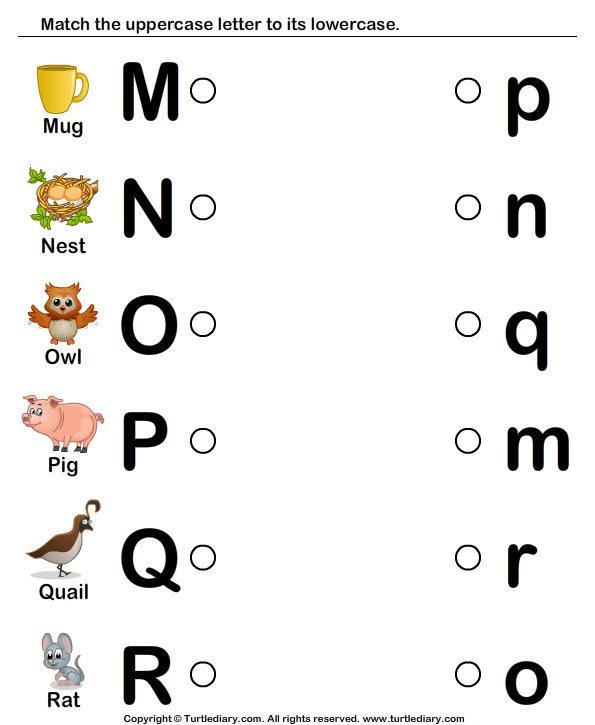 We need our parents to be on the same page with how to form the letters, teaching upper or lower case letters first, and etc. These Alphabet Brochures can help with that.
We need our parents to be on the same page with how to form the letters, teaching upper or lower case letters first, and etc. These Alphabet Brochures can help with that.
Alphabet Bracelets are also a great activity to do in class that lets parents know what letters we worked on in class.
When all of those elements fall into place, teaching and learning the alphabet is a lot more effective!
So I have teamed up with some of my friends to get you more information on teaching the alphabet!
At Simply Kinder we work together to bring you ready-to-use resources to partner with great teaching for any curriculum, a Facebook community where teachers talk all things Kindergarten, and low-prep learning ideas that your students will love. Be sure to stay up to date with all things kindergarten on Instagram, Facebook, Pinterest, and through email. Simply Kinder: where teaching Kinder is definitely better together!
Do I need a kindergarten | ABC of education
Actual
- Headings:
- Do you need kindergarten?
There is only one answer to this question – is a kindergarten needed? And how to work, how to provide the family with everything necessary?
- To read.
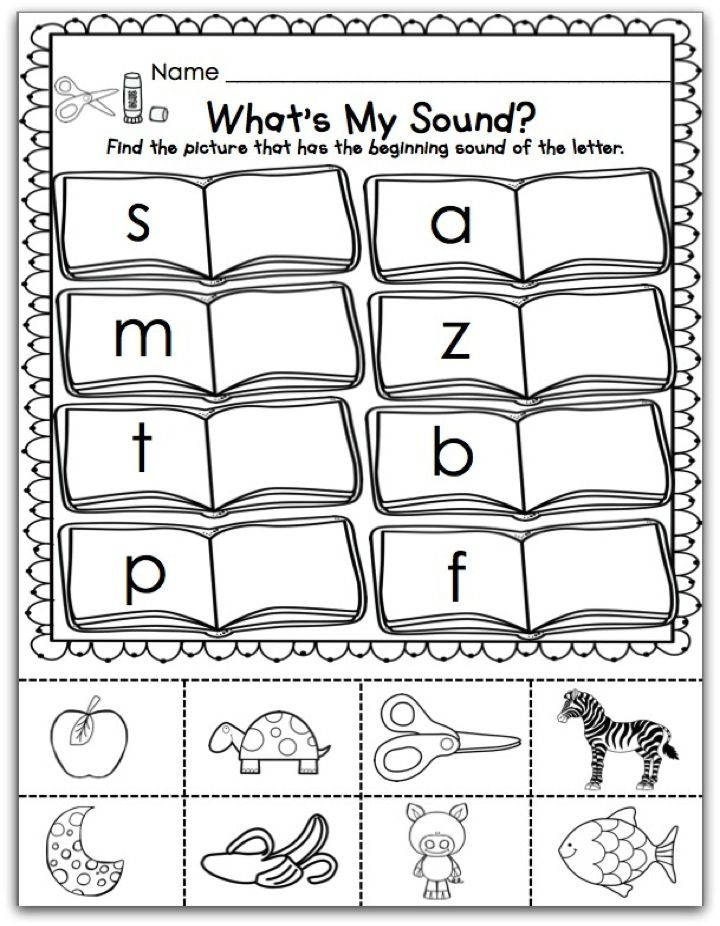 ..
.. - 7.9 thousand 0
- 0 nine0005
- Headings:
- Do you need kindergarten?
Psychologist Elizaveta Parkhomenko answers questions about raising children.
- To read...
- 0
- Headings:
- Do you need kindergarten? nine0009
- To read...
- 7.2 thousand 0
- 20
- Headings:
- Do you need kindergarten? nine0006
- Headings:
- Do you need kindergarten?
- To read...
- 578 thousand 6
- 73
- Headings:
- Do you need kindergarten?
- Headings:
- Do you need kindergarten?
- Categories:
- Do you need kindergarten?
The child is two years old and the most frequent question that is asked to me in this regard by both relatives, acquaintances, and unfamiliar people is: when will you go to the garden? In answering this question, I say bluntly: I hope never ...
Agree, being a mother is also a profession.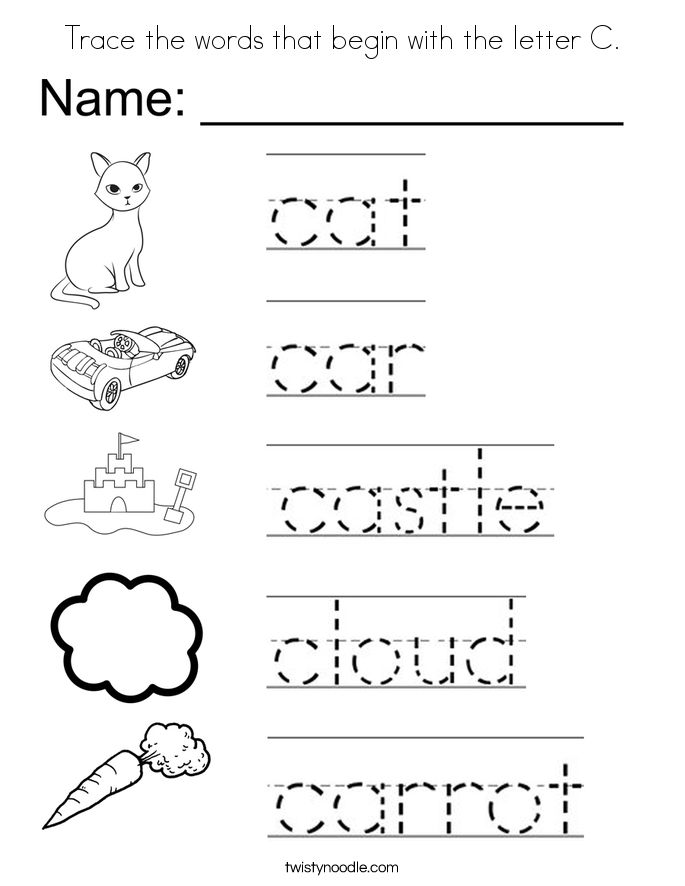 And, as the experience of older generations shows, this profession is much more responsible, diverse ...
And, as the experience of older generations shows, this profession is much more responsible, diverse ...
“No! I don’t want to, I won’t go!” - you and your neighbors hear this heartbreaking cry in the morning. The child is going to kindergarten... Each time you are overwhelmed by conflicting feelings - from pity for the baby to anger at him. nine0003
Since mum's maternity leave is limited, as soon as the child turns three years old, or even earlier, it's time to go to kindergarten. nine0003
How does kindergarten start? Strange as it may seem, the kindergarten begins with parting, with the mother saying goodbye to the baby, from the moment when he is left alone with someone else's aunt and strangers.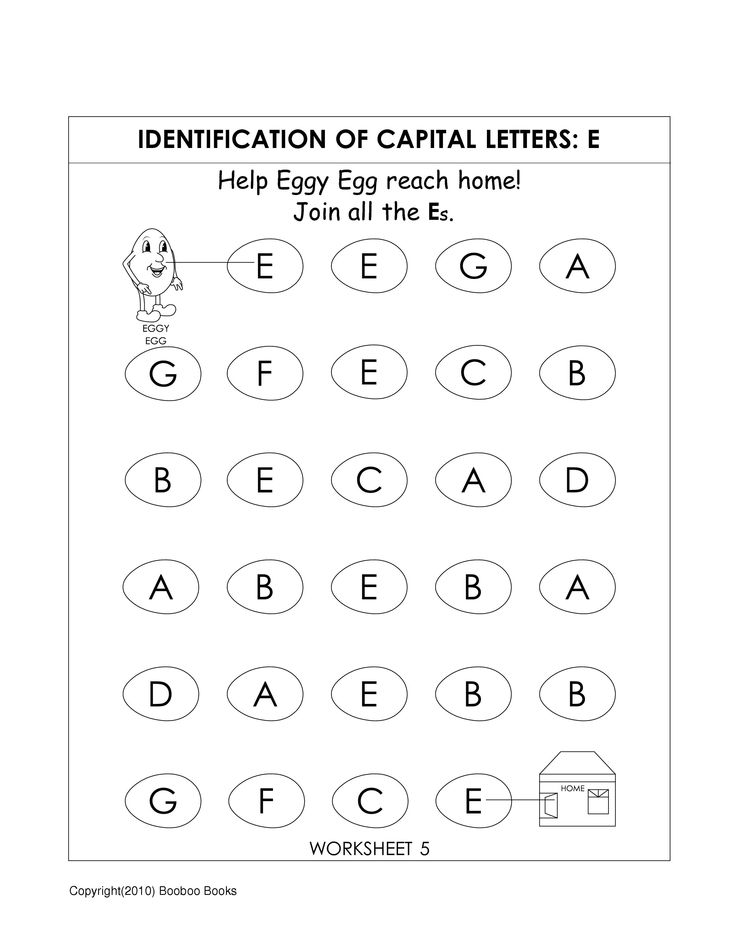 Therefore, we, parents, need to prepare both ourselves and the child for this difficult test. Let's start with ourselves. That the baby is crying and nothing...
Therefore, we, parents, need to prepare both ourselves and the child for this difficult test. Let's start with ourselves. That the baby is crying and nothing...
If you have grandparents willing to babysit while your parents earn their bread, then this question will not arise. But if there are no voluntary assistants, then you begin to figure out all the advantages of a kindergarten where you will have to send your child.
- To read...
- 6 thousand 0 nine0005 3
- Headings:
- Do you need kindergarten?
I went to kindergarten from the age of three and clearly remember how those around me unanimously pitied me, unanimously stating that it was too early and why torture a child.
- Headings:
- Do you need kindergarten?
Interesting facts about the dangers of kindergarten for the child's psyche.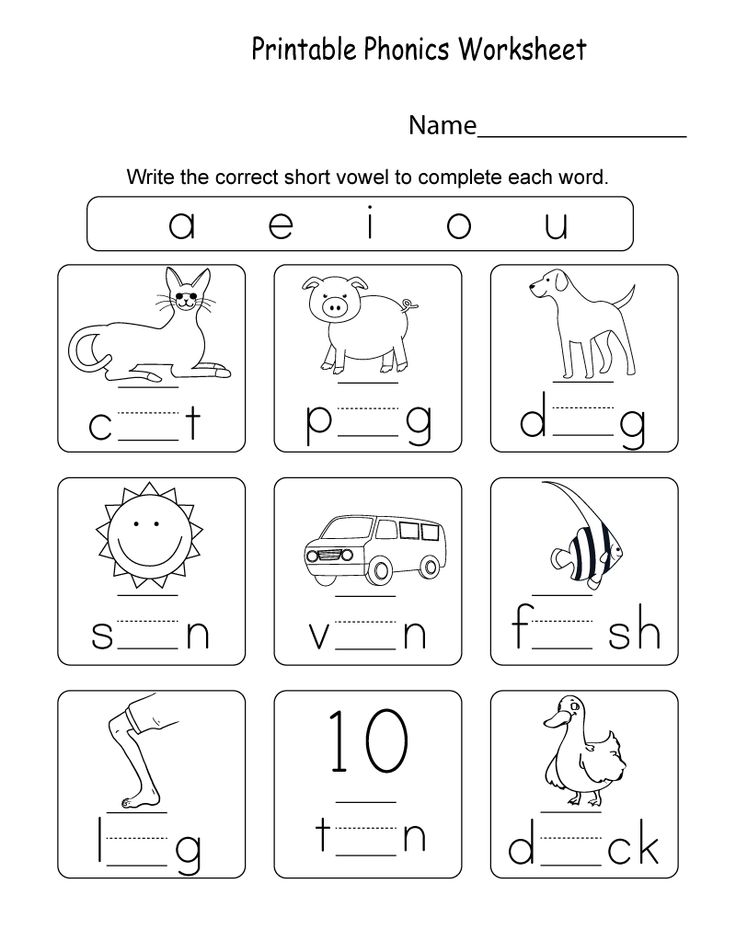 Kindergarten for children under 3 years old - is it useful? nine0003
Kindergarten for children under 3 years old - is it useful? nine0003
- To read...
- 16 thousand 0
- 0
ABC of kindergarten - ugrdetstvo.ru
Alphabet of kindergarten By sliva6t3 0 comments
A fairy tale is a fertile and in no way indispensable source of a child's upbringing. It is useful and interesting, with its help the child learns the world, expressing his attitude to good and evil. nine0003
The children of the middle group "Ladushki" continued their acquaintance with the Russian folk tale "Zayushkina's hut". In a conversation on the content of the tale, we found out how and who helped the bunny in trouble. In the discussion, the children expressed various options for how they would help the bunny, ... READ MORE
Alphabet of kindergarten By sliva6t3 0 comments
In our kindergarten "Volchok" work is systematically carried out to teach safety rules to pupils.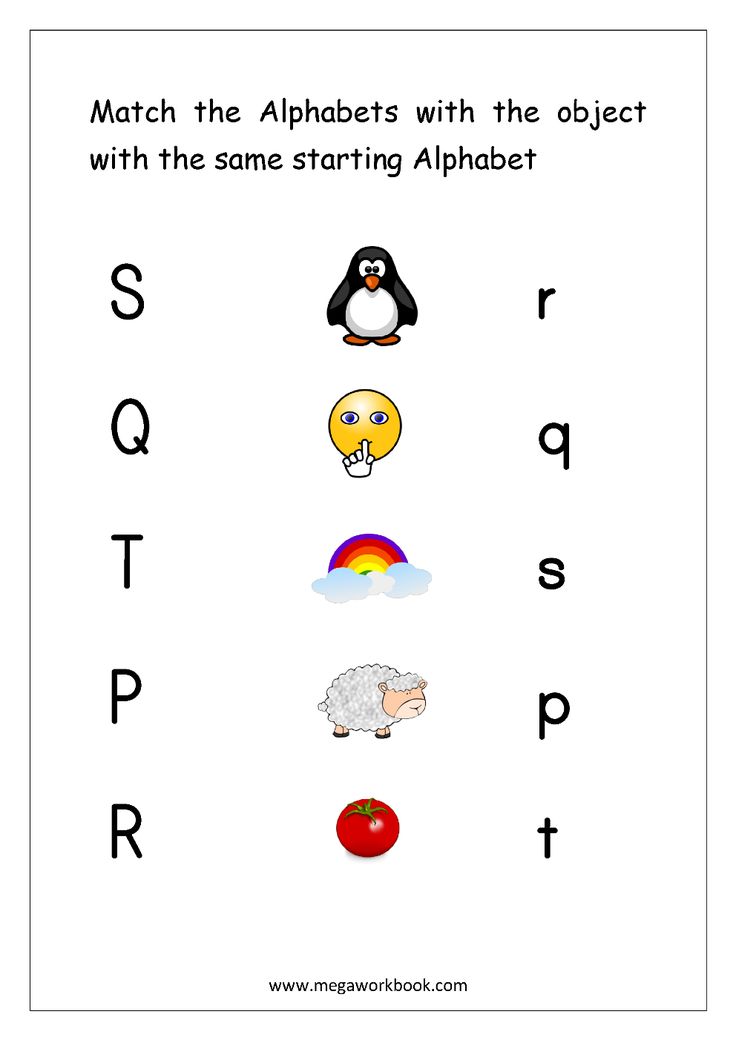 In the Raisins group, thematic classes are held, conversations on the topic of fire safety, such as: “Causes of a fire”, “If a fire breaks out”, “Know and observe”, “Matches are not a toy, fire is not fun”, “Fire is a friend - fire is the enemy” and others. nine0003
In the Raisins group, thematic classes are held, conversations on the topic of fire safety, such as: “Causes of a fire”, “If a fire breaks out”, “Know and observe”, “Matches are not a toy, fire is not fun”, “Fire is a friend - fire is the enemy” and others. nine0003
Information on this topic is also posted in the corners for parents. ... READ MORE
Alphabet of kindergarten By sliva6t3 0 comments
With these words, the holiday of Christmas time began in the kindergarten "Snegirek".
Kolyada is the name of an old Christmas ritual, the glorification of the holiday with songs. The word "kolyada" (from Latin) means the first month. It gave the name to another related word - the calendar. The main meaning of the carols is to praise the house where the carolers came, its families, as well as various wishes for wealth and a good harvest. nine0003
Traditions are carefully honored in our garden ... READ MORE
Alphabet of kindergarten By sliva6t3 0 comments
Teachers, parents and pupils of the Teremok group of the preschool department of secondary school No.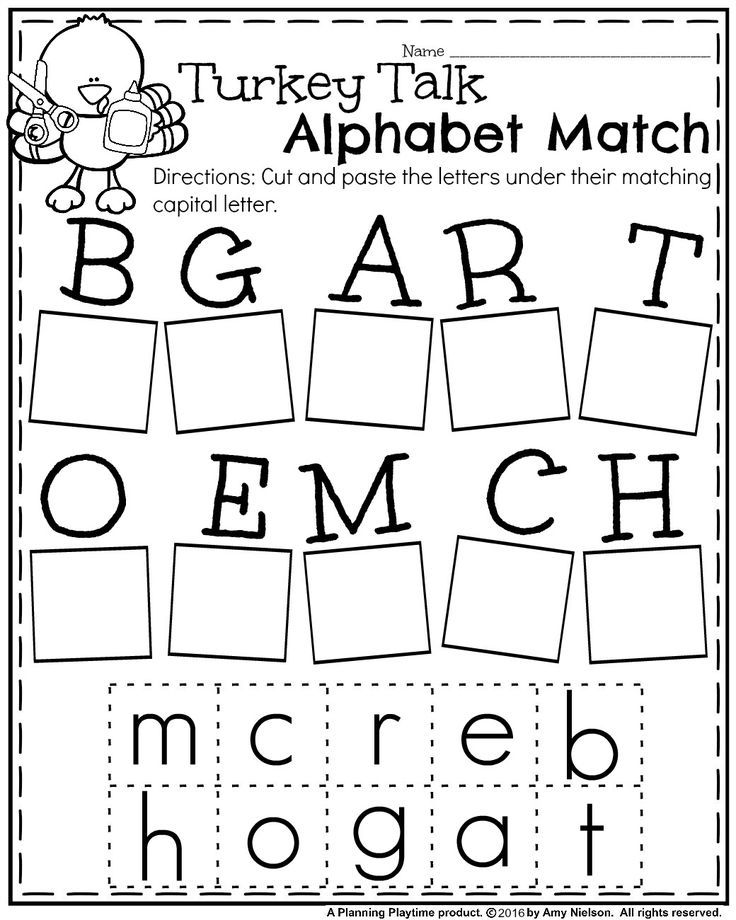 9 took an active part in the Feed the Birds in Winter campaign. Within its framework, the children through conversations, cognitive activities and observations learned about the different types of birds in our area, got acquainted with the characteristic features of the appearance and behavior of birds. nine0003
9 took an active part in the Feed the Birds in Winter campaign. Within its framework, the children through conversations, cognitive activities and observations learned about the different types of birds in our area, got acquainted with the characteristic features of the appearance and behavior of birds. nine0003
Every day we visited the "Bird Canteen" and laid out food for the birds. Watching the birds, ... READ MORE
Alphabet of kindergarten By sliva6t3 0 comments
On the eve of the New Year in secondary school No. 9, a review-competition "New Year's Trouble" was held, a competition for the best New Year's decoration of groups, verandas, floors. We are teachers, pupils and parents of the "Solnyshko" group, presented our creative ideas in the design of windows using the "Vytynanka" method, as well as in building snow figures on the site. Heroes from fairy tale Alexander Sergeevich Pushkin "The Tale of the Fisherman and the Fish", were painted .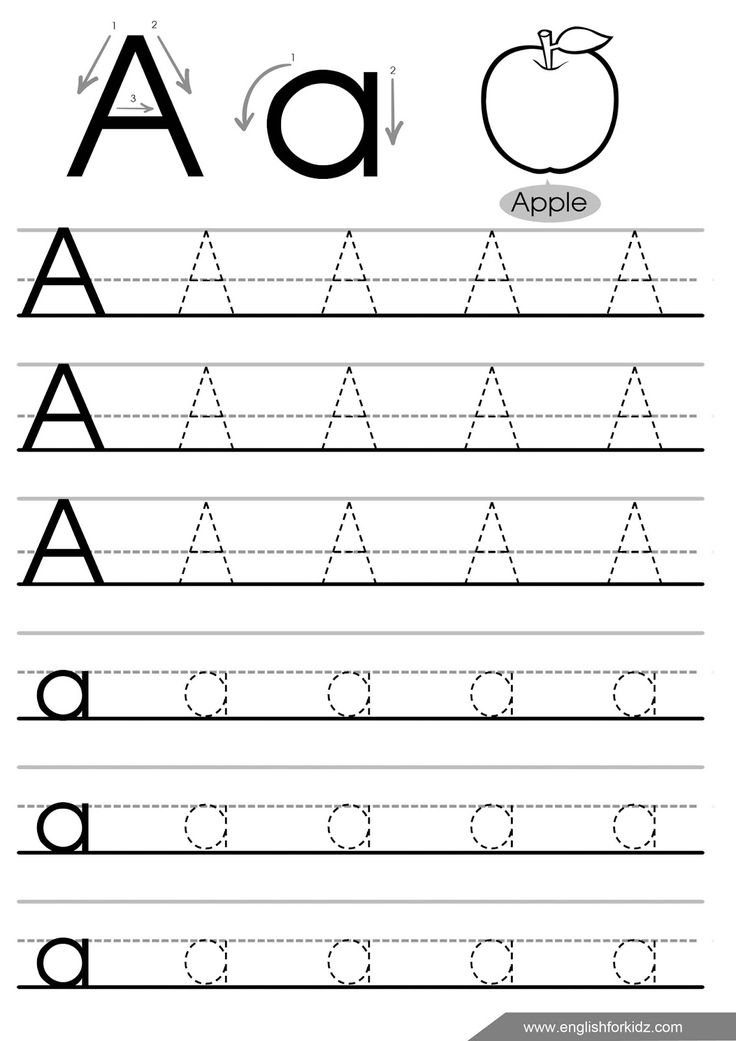 .. READ MORE
.. READ MORE
Alphabet of kindergarten By sliva6t3 0 comments
During the New Year holidays, children from the "Forest Fairy Tale" group of the "Lel" kindergarten together with their parents visited the Surgut Museum of Local Lore. The eyes of the children burned with curiosity, and mothers listened with interest to the fascinating story of the guide about the Khanty dolls. Everyone was able not only to look, but also to make a rag doll - a berry "Brusnichka". The exhibition "People of the Big Water" was presented to the attention of children and adults, which helped ... READ MORE
Alphabet of kindergarten By sliva6t3 0 comments
Preparations for the beloved New Year holiday begin long before it arrives. In our kindergarten "Fairy Tale" they decorated windows, corridors, decorated the hall. Children, together with their parents, prepared wonderful winter drawings, crafts, designed the exhibition “Parade of Christmas Trees”.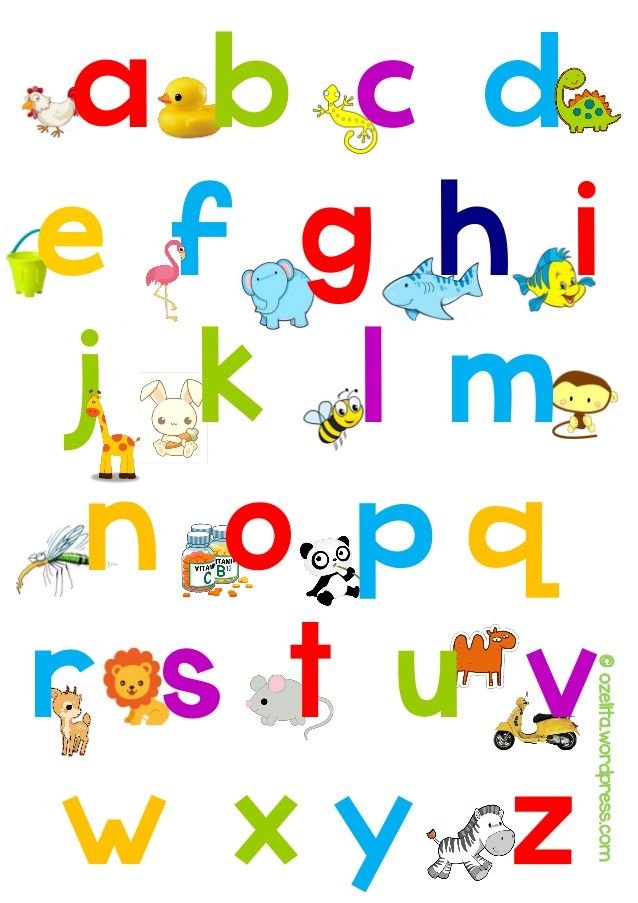
The children of our group "Solnyshko" learned songs, poems and dances and came to the long-awaited holiday dressed up, cheerful, in anticipation of magic. We, the educators, have reincarnated... READ MORE
Alphabet of kindergarten By sliva6t3 0 comments
New Year's holiday filled with magic and miracles is eagerly awaited by children and adults. With his arrival, the kindergarten is filled with an unusual fairy-tale atmosphere. Thanks to the skillful hands of children and parents, groups and corridors of the kindergarten were dressed up, and the music hall became a place of transformations and miracles.
Walking areas are decorated with whimsical snow sculptures, which contribute to the development of children's physical activity. Herringbone, tunnel, ... READ MORE
Alphabet of kindergarten By sliva6t3 0 comments
The Surgut public movement "Give a paw" and its pets received several tens of kilograms of food from the preschool children of our kindergarten "LEL".